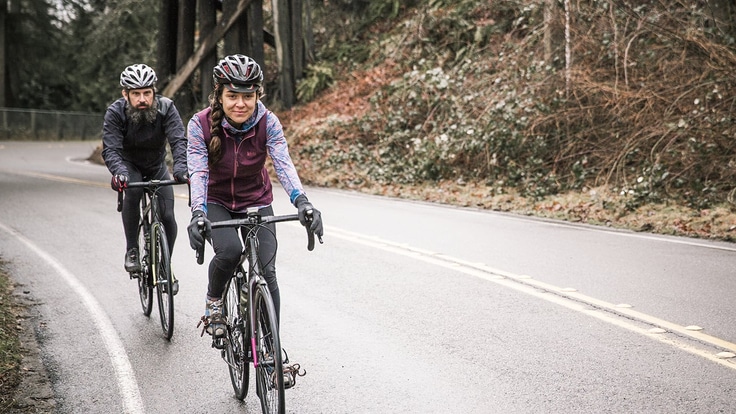It's been said that while you can't buy happiness, you can buy a road bike, which is pretty close. Road biking is terrific exercise—and something you can do on multiple levels. You can go out for a slow, scenic ride, or step up the pace for a cardio workout. A bike seamlessly makes the transition from recreation to transportation, plus it's an environmentally friendly activity.
In this article, we'll cover the basics of choosing a road bike, bike clothing and other gear and accessories. We'll also provide tips on how to ride a road bike and favorite gear picks for road biking.
Choosing a Road Bike
Road bikes are typically light and fast and designed to be ridden on paved surfaces. They usually feature drop-bar handlebars (though some have a flat bar like a mountain bike) and skinny 700c wheels. Most road bikes are made of steel, aluminum, titanium or carbon fiber (or a blend). Learn more in our article about bike frame materials.
When buying a bike, make sure it fits you properly. Bikes are sold in a variety of frame sizes that, at the very basic level, correspond to your height and inseam length. When you straddle the top tube of your bike, you want about one inch of clearance between your body and the top tube (if the bike is equipped with a traditional straight top tube that is parallel to the ground).
There are several considerations that will affect your choice of bike including how you intend to ride it (recreationally, competitively or for commuting) and your budget, which will inform the quality of components of your bike.
Learn more in our article on how to choose a road bike to pick one that's right for you.
What to Wear Road Biking
Road cycling apparel fits snugly so it improves your aerodynamics and doesn't flap in the wind. It's also designed for comfort on the bike. Shirts often feature front zippers for adjustable ventilation, shoulders and sleeves designed for arms-forward comfort, back pockets for easy on-the-go access and a longer cut in back for coverage when riding. Bike shorts, bibs and tights have lots of stretch for full freedom of movement and include a soft, padded liner, called a chamois, to provide comfort in the saddle.
A typical cycling setup might include:
- a moisture-wicking base layer
- a short-sleeved jersey
- bike shorts, tights or bibs
- fingerless gloves with palm padding
- arm and knee warmers
- a wind vest
- a lightweight packable rain jacket
This gear should see you through most weather conditions, but when it's cold you'll want to add full-fingered gloves and overshoes, and replace your short-sleeved jersey with a long-sleeved equivalent and/or soft-shell jacket. Look for apparel that has reflective strips to make you more visible at night. For more tips, see Bike Clothing: How to Choose.
Road Bike Gear and Accessories
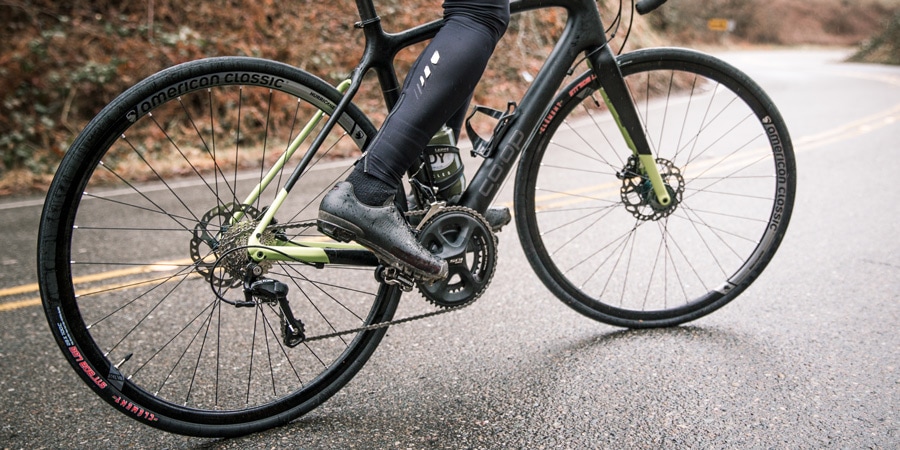
Road Bike Helmets
All road bike helmets sold in the U.S. must meet specific safety standards.
Factors that make your ride more comfortable include ventilation, absorbent pads for moisture control, an adjustment dial to tighten or loosen the cradle that holds the helmet to your head, and an easily adjustable chin strap.
Some helmets feature MIPS technology, a low-friction layer that slides independently of the outer shell and limits the rotational forces to the brain when the helmet gets hit at an angle. For more considerations, see our article on how to choose bike helmets.
Road Bike Shoes and Clipless Pedals
You can ride a bike in just about any shoes, but anyone who rides regularly can benefit from shoes designed specifically for bicycling.
Cycling shoes are usually paired with a compatible pedal to hold your feet securely on the bicycle. This so-called "clipless" shoe-pedal combination (which actually involves the shoes clipping to the pedals) offers excellent control with a minimum amount of your pedaling energy lost.
It can take some practice getting in and out of clipless pedals, but once you get the hang of it, clipping in soon becomes second nature. For more information, see Bike Pedals: How to Choose and Use and Bike Shoes: How to Choose.
Road Bike Tools
A flat tire is the most common mechanical failure you'll suffer on the road, so be sure to carry a spare tube, tire levers and a pump. A bike multi-tool comes in handy for other on-the-go maintenance. All of these can be stowed in a small saddlebag. See more information about what to bring in your bike repair kit as well as our article about how to fix a flat bike tire.
Road Bike Lights and Reflectors
Headlights and taillights are essential for use at night and in bad weather. Headlights range from basic safety models that help motorists see you in dim light, to high-end, high-output lighting systems that light up the trail or road ahead.
Taillights are designed to help motorists and other cyclists see you from behind. Just like the taillights on your car, taillights for bikes are red. Most have flashing and steady modes.
You can buy lights and reflectors that attach to your bike, pant leg or helmet. Some headlamps double as bike lights. For more information, see our article on how to choose bike lights.
Additional Road Bike Accessories
Water bottle and cage: Water bottle cages are fairly generic and should fit almost any bike — you want something that securely holds a plastic bottle with a capacity of at least 500ml. If you are going for a longer ride in hot conditions, consider a small hydration pack with its own water reservoir.
Fenders: These add weight to your ride but are a must for rainy, muddy and wintery weather. They keep the spray that comes off your wheel from coating your entire backside and leaving you looking like a skunk. For more information about bike accessories and tools, see our article, Bike Gear Essentials.
How to Ride a Road Bike
Cycling cadence: As the terrain changes on your ride, you need to shift gears in order to maintain a steady cadence. Under most conditions, it's usually most efficient to pedal between 80-100 revolutions per minute (rpm). When you turn the pedals at a faster or slower cadence, you can fatigue quickly. If you find it hard to pedal at an average cadence, then you're probably riding in too high of a gear-simply shift to a lower gear. The same goes for when you are pedaling too fast or meeting no resistance—it's time to shift up to a harder gear.
Pedaling efficiency: Instead of just pushing down on your pedals on the downstroke and pulling up on the upstroke, follow this tip from three-time Tour de France winner Greg LeMond: When you pull your foot through the bottom of the stroke, imagine you're scraping mud off the bottom of your shoe.
How to Shift Gears on a Road Bike
There are five main parts of the standard bicycle that let you shift gears and change how easy it is to pedal your bike. They are comprised of the following:
- front chainrings
- rear cassette
- chain
- derailleurs
- shifters
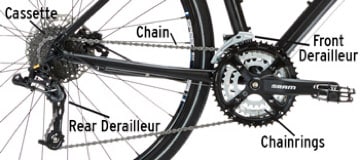
The left shifters control the front chainrings while the right shifters control the rear cassette. Using your left shifter will result in a large jump in the resistance of the pedals, while using your right shifter will fine-tune the resistance. Ideally, you want to feel some resistance but not so much that it is difficult to pedal smoothly.
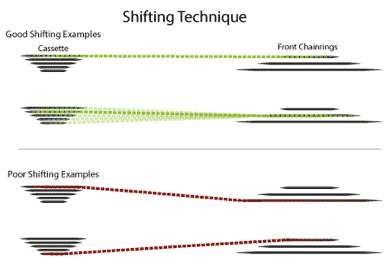
Only shift when you're pedaling and use only one shifter at a time, or you may mis-shift, jam the chain or drop the chain off the chainrings or cassette. Also, don't pick a gear that will put your chain on opposite extremes of the front cogs and rear cassette at the same time. Called cross-chaining, this is where you're most likely to drop or break your chain.
Try to anticipate the terrain and shift just before you need to. When you approach a stop, it is prudent to shift down, so you can easily get started again from a fully stopped position.
For more detailed information, see our article, Bike Gears and Shifting Basics.
Road Bike Braking Technique
Typically, the front brake is operated by the left brake lever and the rear brake is operated by the right brake lever. For beginner cyclists, it's best to feather both brakes at the same time.
Where to Look When Riding
Keep your eyes focused 20-30 feet ahead so you can anticipate turns and obstacles in your path. Don't look down at the front wheel; instead, look where you want to head. Avoid staring at obstacles you want to avoid as focusing your eyes on an obstacle makes you track to it.
How to Descend on Your Road Bike
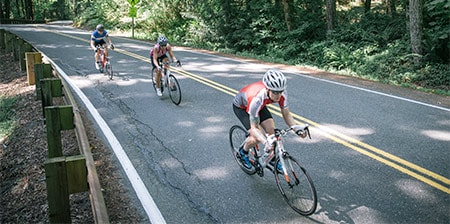
When getting ready to descend, move toward the back of the saddle and place your feet level. This will keep your center of gravity over the bike, protect your pedals from hitting the pavement on sharp turns and allow you to shift your weight side to side as needed to help you handle tighter curves.
How to Turn on Your Road Bike
When getting ready to turn, brake and slow your speed before entering the turn. Head for the outside corner of the turn then lean the bike into the turn (not your body) by gently pushing on the handlebar and pedal on the inside of the turn. As you come out of the turn, start pedaling again.
Using this technique of leaning will allow you to navigate the turn more easily, with only a nominal adjustment in the actual handlebar; only the tightest of turns require dramatic adjustments in the direction of the front wheel.
Road Bike Rules and Etiquette
Never ride your bike against traffic as you would when walking or running. Always move with traffic and stay as far right as is practical to avoid hazards such as car doors, potholes or curbs. Move into the left-hand lane when making a left turn.
If riding with a friend, ride single file instead of two abreast to make it easier for cars to pass safely.
As a cyclist, you have the right to co-exist on the road, but this also means you have to follow the rules like everyone else. In other words, don't blow through red lights and stop signs. And always use hand signals to alert drivers and fellow riders of your intentions.
Our Favorite Gear Picks for Road Biking
Whether you're assembling your first road-cycling kit or simply upgrading one piece of it, find what you need here. We've gathered gear to help you make the most of the road biking.
Shimano RC3 Road Cycling Shoes (Men's & Women's)
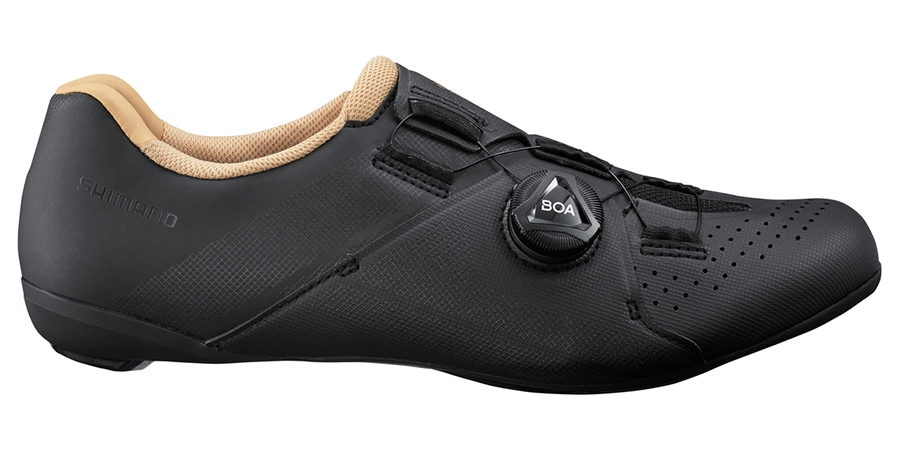
Road cycling shoes aren't known for being particularly comfortable, but Shimano's synthetic leather RC3 feels broken in out of the box. The three-part buckle system helps eliminate hot spots and the heel pad gives you a little more stability than a standard road shoe if you're stopping by a coffee shop for a mid-ride espresso. $120
Bontrager Anara Bike Gloves (Women's)
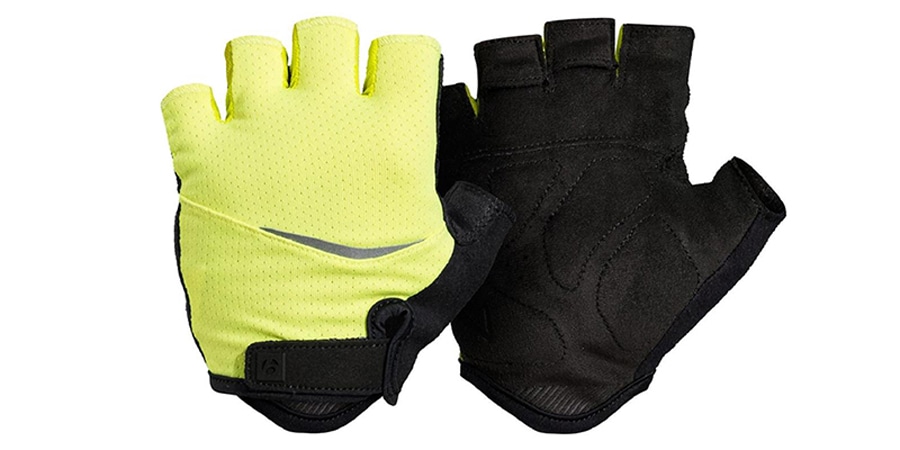
Long rides can leave your hands worked, especially if you're riding gravel or rough roads. Bontrager's combination of gel and memory-foam padding helps eliminate pressure points in your hands, while the faux-leather palm provides a solid connection with the handlebar. $40
PEARL iZUMi Elite Gel Gloves (Men's)
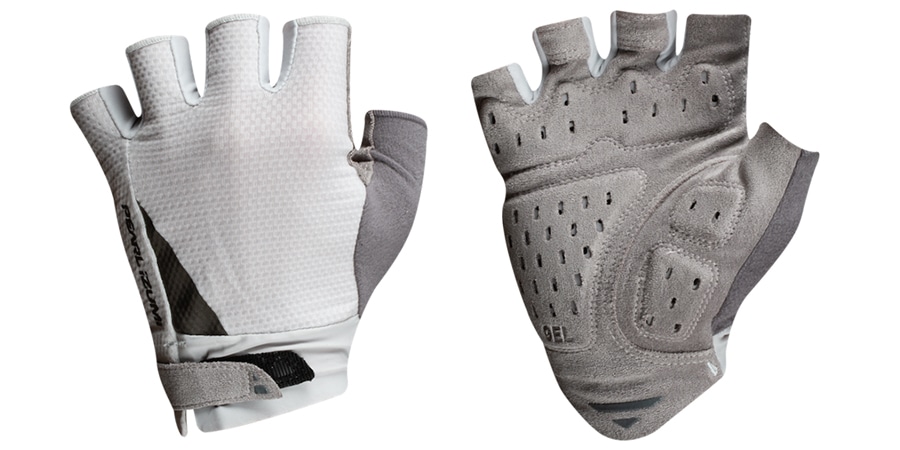
The synthetic leather palm of the PEARL iZUMi Elite Gel gives you solid contact with the bar while the gel pads provide just enough cush from road vibrations to keep your hands fresh on long rides. Meanwhile, the four-way stretch uppers help the gloves fit like, well, a glove. $38
Niterider Swift 500/150
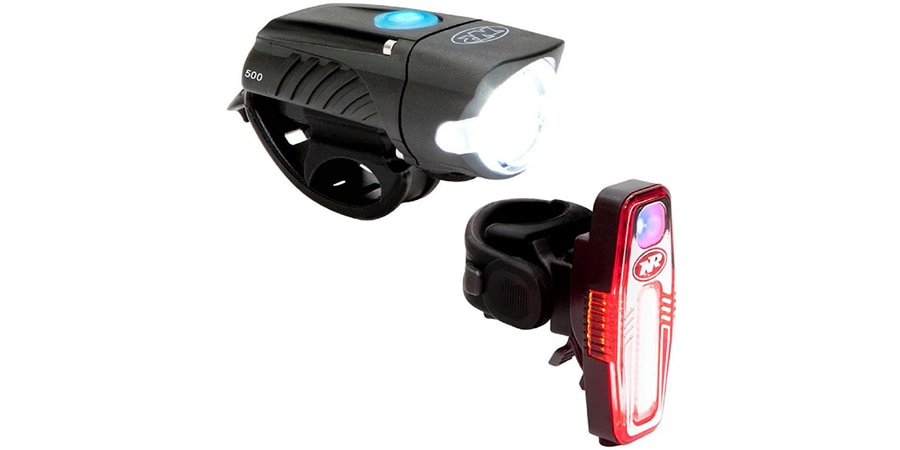
A good light system doesn't just light the road, it makes you more visible to drivers. The Niterider Swift 500/150 combo is easy to attach, thanks to rubber mounts that fit snug on a variety of bar sizes. And they have an IP64 waterproof rating, so they can handle even the soggiest conditions. The Swift headlight has four light levels up to 500 watts for the darkest roads, while the Sabre taillight has different flashing modes, steady beam modes and an amber side light that gives you visibility from more angles. $70
Nite Ize Wraptor Rotating Smartphone Bar Mount
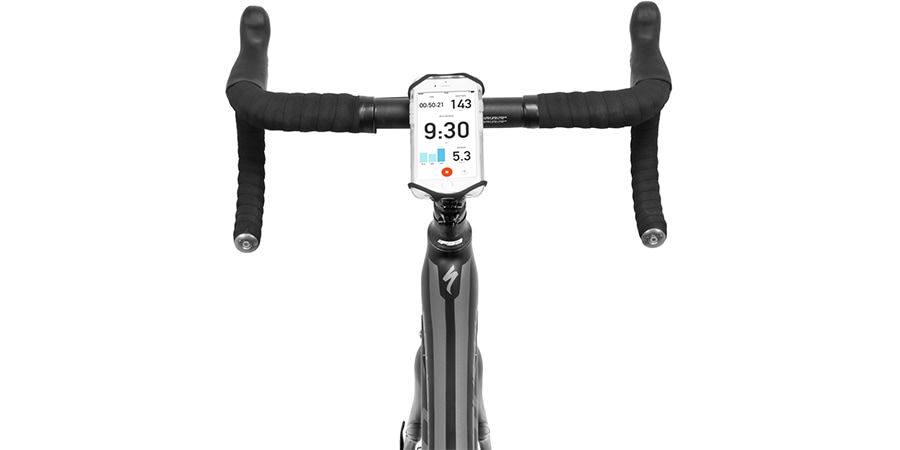
Keep your phone handy for Strava, maps or conference calls with the Nite Ize Wraptor, which holds standard smartphones (with or without cases). The doodad attaches to most handlebar sizes, providing you with full access to the screen. It even rotates so you can have vertical or landscape view. $20
Topeak Deluxe Accessory Kit
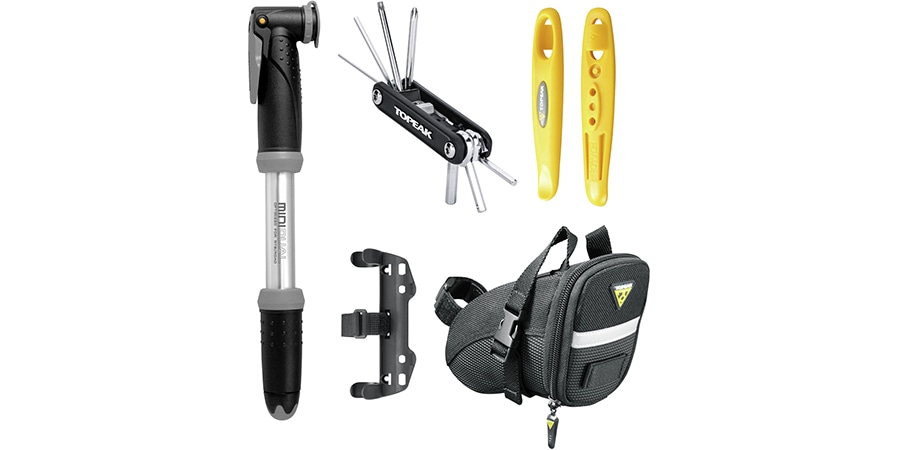
Don't get caught unprepared. This kit from Topeak has everything you need to fix a flat, loose handlebar or other common roadside issues inside a small pouch that easily attaches to the rear of your seat. $49.95
Garmin Edge 130 Plus Bike Computer
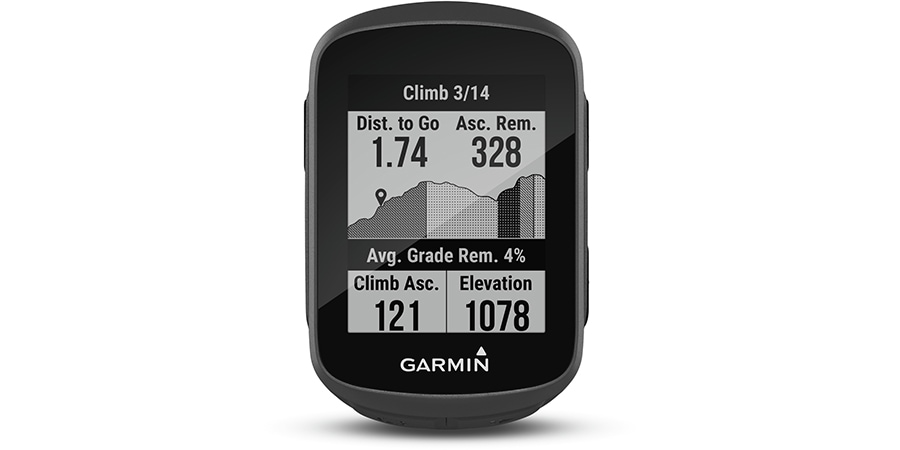
The Garmin Edge 130 Plus isn't just a bike computer. Yes, it tracks your speed, elevation and distance, but it's also a coach. It's loaded with downloadable training plans and guide, with routes you can call up with the press of a button and reliable navigation tools thanks to the onboard GPS. You can manage your effort on long climbs with the handy ClimbPro feature, while also signaling for help with an incident detection system that sends your real-time location to emergency contacts. This is more than a computer—it's a riding partner. $200
OTTO DesignWorks OTTOLOCK Hexband Cinch Lock - 30 in.
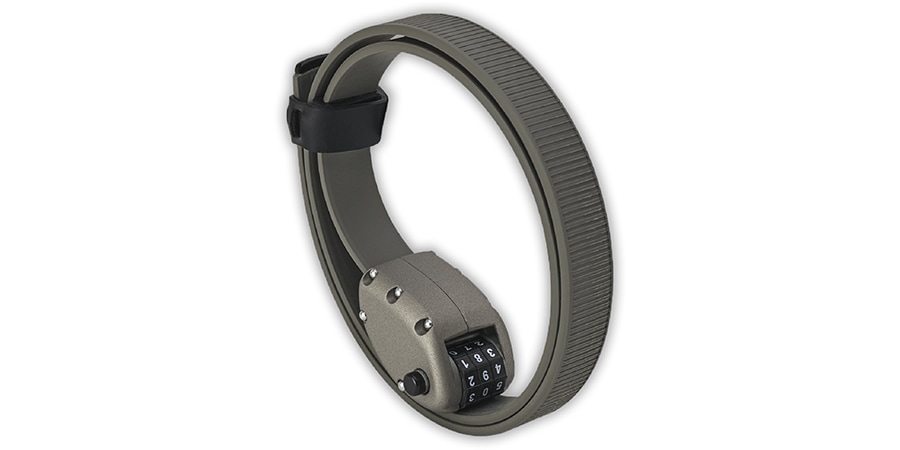
The Hexband isn't a foolproof lock (give a determined thief enough time and they'll bypass anything), but it should do the trick if you're looking for protection during short stops. The stainless-steel band from OTTO DesignWorks is light (just 250 grams) and mounts easily to your seat post, so you can keep it on your bike and always be prepared for impromptu grocery runs or grabbing takeout. For added security, OTTO DesignWorks recommends using the Hexband with a redundant u-lock. $69
PEARL iZUMi Interval Shorts (Men's)
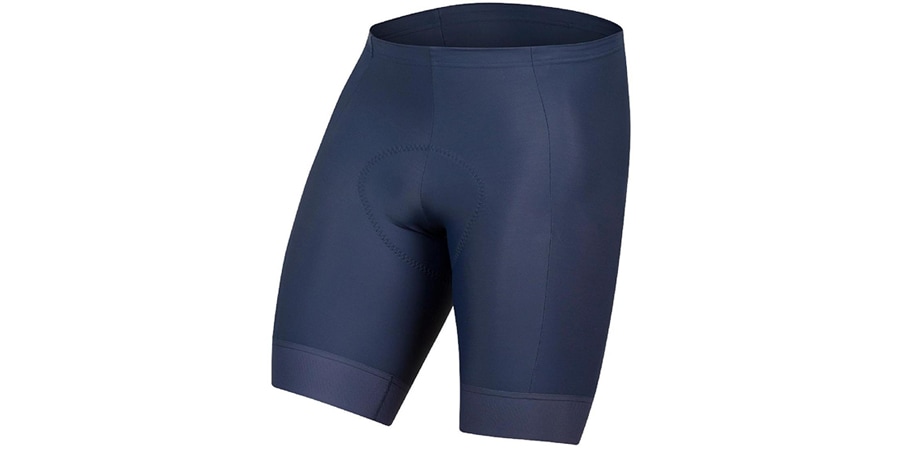
Your shorts can make or break a road ride, which is why the PEARL iZUMi Interval is a smart choice for most men. The 7-panel chamois is highly breathable and virtually seam-free for ultimate comfort, and the fabric is given BioViz reflective elements for extra visibility. The best part? The Interval uses more Lycra® spandex than any other shorts on the market, which means they'll stretch like a yogi. $130
Terry Hi-Rise Holster Bike Shorts (Women's)
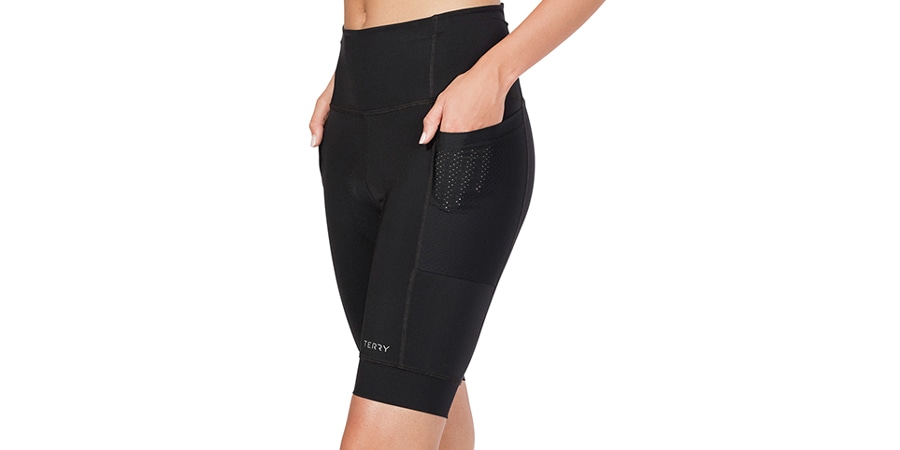
Hey, remember those features we were talking about? This offering from Terry comes with all the goods in a women's style: compression, wide leg grippers, a Flex-Air chamois and a high waist. The Hi-Rise Holster also has deep, mesh hip pockets, which can easily swallow a smartphone. $124.95
Bontrager Vella Bike Jersey (Women's) & Bontrager Circuit LTD Bike Jersey (Men's)
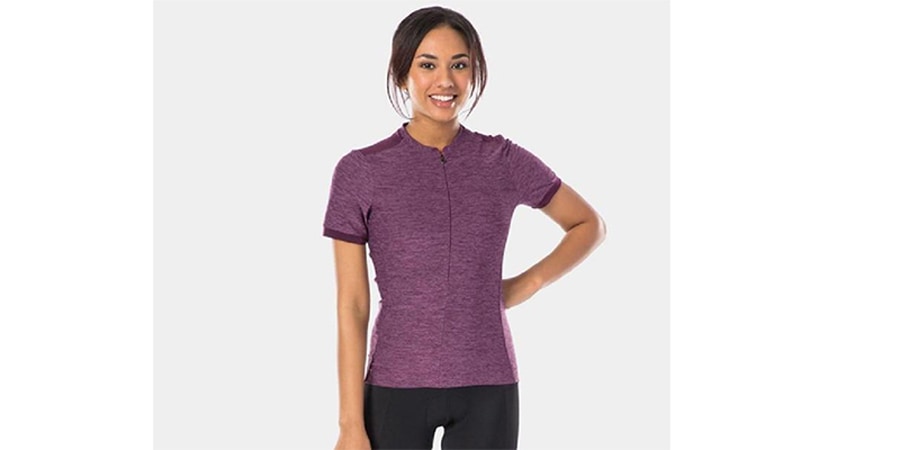
For road biking, any breathable, moisture-wicking jersey will do, so beyond that, it's all about thoughtful touches. That's why we like the Bontrager Vella for women and the Bontrager Circuit LTD for men. The Vella has three back pockets (the Circuit has five total pockets), plus a drop-tail hem for full coverage when you're in a cycling position. $100
Salsa Warroad Carbon 105 700 Bike

You could get a different bike for every scenario (touring, commuting, racing…), or you could just get the Salsa Warroad, which pairs a feather-light, stiff carbon frame (weighing 19 lbs. 10 oz. complete) with endurance-centric geometry that's built for comfort on extended rides. Clearance for 35 mm-wide tires and a Vibration Reduction System mean this whip can handle gravel too. It's even dropper-post compliant, and you can add a rack and fenders if you're looking to venture out for multiple days. $3,299
Gear Picks Written by Graham Averill.
Graham is a senior writer at Bike and a regular contributor to Outside and Backpacker. He lives in Asheville, N.C., where he rides his mountain bike as much as possible, but never enough.
